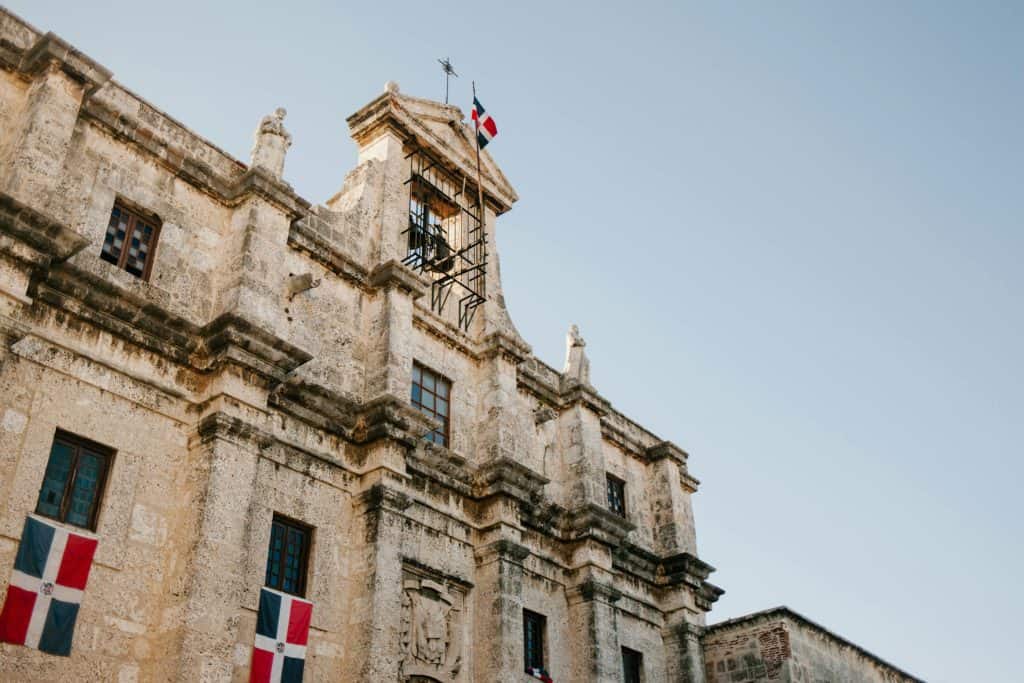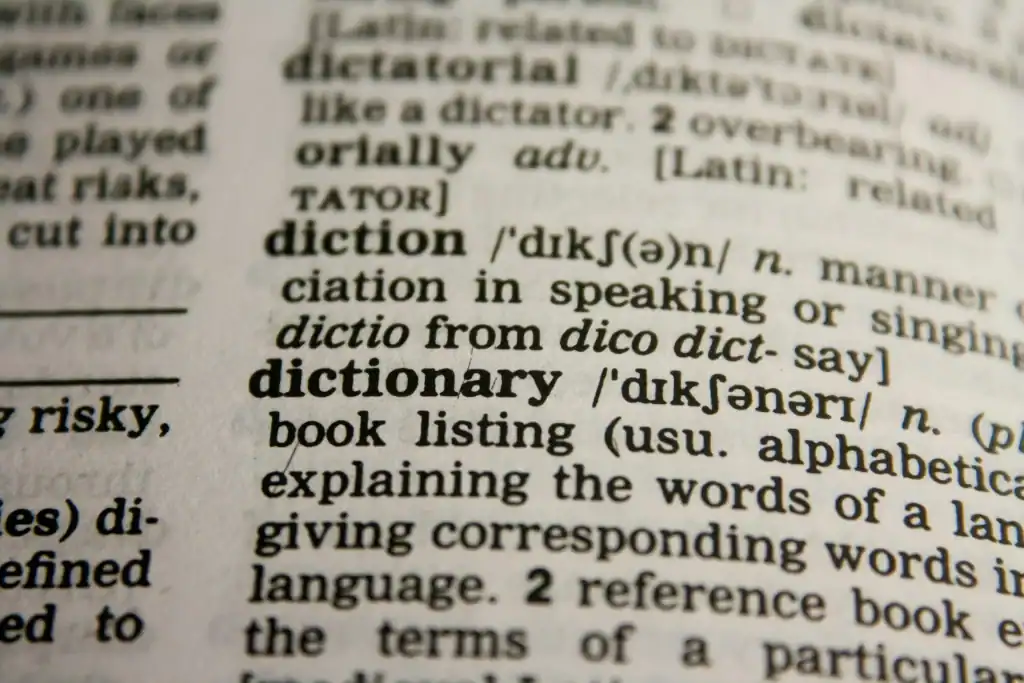I still remember the first time I burned my thumb on a pot of bubbling cera de soya in Medellín. It was the kind of rookie mistake any distracted gringo could make, yet the sting ended up lighting a more useful fire: my thirst for nuanced Spanish Vocabulary. That afternoon, while the workshop instructor waved a lavender-scented velita under my nose and teased me—“¡No seas tan torpe, parcero!”—I realized candle-making was the perfect gateway to mastering words no textbook ever bothered to teach. Ten years of living in the Dominican Republic had given me street chops, but Colombia’s candle culture expanded my lexicon in deliciously aromatic directions.
Molten Moments: How Wax Reveals Culture
If you have only tackled survival phrases, stepping into a Colombian taller de velas feels like entering a parallel universe. The vocabulary of colorants, wicks, and temperature transforms everyday Spanish into a chemistry class flavored with paisa charm. Meanwhile, my Dominican brain kept wanting to swap in “mecha” with the more casual “pabilo,” and I found myself code-switching faster than the wax cooled. This linguistic dance is why I tell fellow expats that experiential learning beats flashcards every time.
The scent of identity
Ask a Dominican about candle fragrance and nine times out of ten you’ll hear “vainilla” pronounced with that lilting island cadence. In Medellín, however, the instructor insisted on “esencia de guayaba” or “café con panela,” fragrances that scream Antioquia. Every sniff became a cultural postcard. By linking aroma to geography, I trained my ear to detect regional subtleties, a vital skill when you hope to learn Spanish as an expat traveling between Caribbean breezes and Andean altitudes.
Temperature talk in two accents
In Santo Domingo, artisans warn, “¡No dejes que se queme la cera, mi hermano!” The Colombian version? “Pilas que se te recalienta la mezcla, parce.” Same caution, two rhythms, fresh Spanish Vocabulary. Recognizing these micro-shifts lets you slide between social circles like a wick through liquid wax—smooth, steady, almost invisible.
Stirring the Pot: Key Terms You’ll Hear Around the Stove
The workshop’s instructor—Julia from Envigado—repeated certain words so often they etched themselves into my mind. She spoke slowly when she realized I was the only foreigner, but never babied me. Instead, she tossed local idioms into the pot along with soy flakes and pigments, forcing my brain to stay on its toes.
Organic flow versus classroom charts
I’d spent years reciting “la cera,” “la mecha,” and “el molde” in sterile language labs. Yet it wasn’t until Julia shouted, “¡Asegúrense de centrar la mecha antes de vertir la cera!” that the trio locked together as a sensory package: center, pour, breathe. Suddenly the terms weren’t isolated nouns; they were steps in a choreography my hands performed while my mouth followed.
Spanish Vocabulary Table
| Spanish | English | Usage Tip |
|---|---|---|
| La cera | Wax | Use “cera de soya” for soy; “cera de abeja” for beeswax. |
| El pabilo / la mecha | Wick | “Pabilo” is more Caribbean; “mecha” dominates in Colombia. |
| El molde | Mold | Often masculine in the DR but you might hear “la moldura” in craft shops. |
| Vertir | To pour | Irregular verb; don’t confuse with “verter,” which locals often use interchangeably. |
| Fragancia / esencia | Fragrance / essence | “Esencia” sounds more artisanal in Colombia. |
| Colorante | Dye / colorant | Stays masculine; add “natural” if using plant-based powders. |
| Fijador | Fixative | Common in perfumery; Colombians sometimes say “anclador.” |
| Recalentar | To overheat | “Se recalentó” is the go-to warning when wax smokes. |
| Desmoldar | To unmold | Listen for the Caribbean “desmoldiar,” a playful twist. |
| Velita | Little candle | Diminutive softens tone; great in casual chats. |
From the Workshop Floor: Example Conversation
Instructor (Colombia): ¿Listos para mezclar la esencia de mango?
Ready to mix the mango fragrance?
Tú (neutral): Sí, pero no estoy seguro de cuánto fijador usar.
Yes, but I’m not sure how much fixative to use.
Instructor: Con dos goticas basta, parce, así la vela queda bien bacana. (Common in Colombia)
Two little drops are enough, buddy, so the candle turns out really cool.
Dominican participant: ¿Y si se me recalienta la cera? No quiero que se me dañe, manito. (DR)
And if my wax overheats? I don’t want it to get ruined, bro.
Instructor: Tranquilo. Apenas veas humo, baja el fuego y remueve con calma.
Relax. As soon as you see smoke, lower the heat and stir gently.
Tú (formal, Usted): Disculpe, ¿podría repetir cómo centrar el pabilo correctamente?
Excuse me, could you repeat how to center the wick correctly?
Instructor: Claro, mire: sostiene la mecha con un palillo y la fija con silicona fría.
Sure, look: hold the wick with a stick and secure it with cold silicone.
Dominican participant: Ese truco está durísimo, loco. (DR slang)
That trick is awesome, dude.
Instructor: Cuando desmolden, dejen reposar la vela veinticuatro horas, ¿oíste?
When you unmold, let the candle rest twenty-four hours, got it?
Tú (casual): ¡Perfecto! Ya quiero prenderla y que huela a café con panela.
Perfect! I can’t wait to light it and have it smell like coffee with panela.
Why Candle Labs Beat Language Labs for Expats
Traditional classes drill grammar until your brain wicks away every drop of curiosity. Candle workshops, by contrast, engage your senses and social instincts simultaneously. Because your hands are busy, your ego takes a back seat, letting spontaneous mistakes turn into learning fuel. I’ve seen shy retirees in Bogotá suddenly blurt out subjunctive clauses while positioning a pabilo. Something about the flicker of molten gold relaxes tongues even faster than a Dominican rum.
Dominican warmth meets Colombian precision
Dominicans often teach Spanish through warmth—jokes, side chatter, and “¿Qué lo qué?” banter. Colombians in Antioquia lean into precision: they’ll show you how to trim a wick to exactly un cuarto de pulgada. Moving between these mind-sets keeps my language skills balanced. I adopt Colombian structure when giving instructions, then switch to Dominican humor when socializing afterward. The result is a bilingual identity polished like a well-poured velita.
Fragrance of Context: Using Your New Spanish Vocabulary Beyond the Workshop
Once you lock down candle lingo, everyday objects begin whispering fresh words. The waxy sheen on a tropical mango? That’s cera natural. The smell of rum aging in Santiago? Think of it as an oversized esencia. By mapping workshop terms onto daily life, you solidify Spanish Vocabulary in real contexts, ensuring it survives that inevitable mental meltdown when a taxi driver in Bogotá calls you “joven” even though your hairline says otherwise.
Seasonal candles, seasonal idioms
December brings “velitas” night in Colombia, when families line sidewalks with candles. Meanwhile, in the DR, people say “prende la vela de coco” during beach bonfires. Same holiday spirit, distinct expressions. When you absorb such links, your ability to learn Spanish as an expat accelerates, because you start predicting vocabulary through cultural patterns rather than memorizing isolated chunks.
Light, Language, and the Expat Ear: Final Reflections
Every time I step off a Wingo flight from Medellín and hear the Dominican customs agent say, “¿Traes velones pa’ tu mamá?” I smile at the way Spanish itself is a never-ending candle—melting, reshaping, and releasing new aromas. My advice? Keep chasing experiences that demand specific Spanish Vocabulary. Whether you’re molding soy wax at 1,500 meters or bargaining for beeswax on Calle El Conde, let curiosity, not perfectionism, be your compass.
The bilingual brain rewards cross-pollination. Bounce between cultures, and you’ll notice how Colombian clarity sharpens your ear, while Dominican rhythm softens your tongue. Drop your favorite newly discovered terms—or share a scented success story—in the comments below. I’ll be the guy sniffing candles and jotting slang in my notebook, ready to learn from you too.
—James, your itinerant candle-sniffing word nerd


